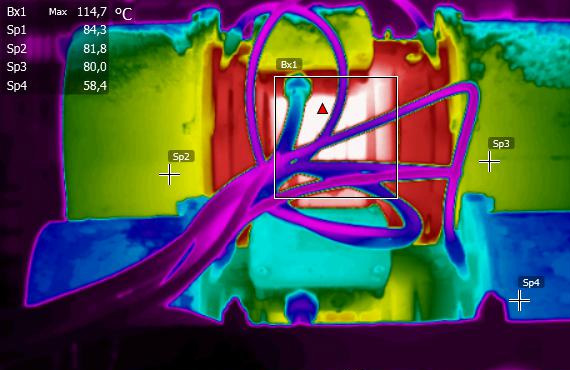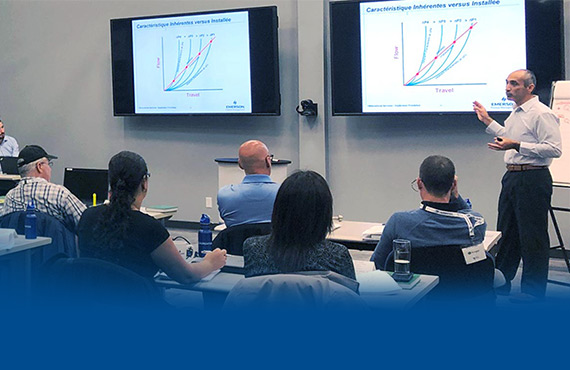Our client, a global mining company, had just launched operations at their new facility in Northen Quebec.
From the start, the management team wanted to build a culture of reliability and proactive management of assets and equipments.
Laurentide's services were first selected to perform vibration analysis, then infrared analysis (thermography). An important piece of the reliability puzzle, infrared analysis is mainly used to monitor electrical equipment in order to prevent overheating, as required by insurers.
These rotation allowed our client to discover many problems that can only be detected through infrared analysis:
The remote, northern location of the mining site adds another layer of complexity to any unplanned repair due to the long distance – and delays – associated with shipping parts to the site.
$10,000,000 during the 2-year contract.
Laurentide's services were first selected to perform vibration analysis, then infrared analysis (thermography). An important piece of the reliability puzzle, infrared analysis is mainly used to monitor electrical equipment in order to prevent overheating, as required by insurers.
Implementing a Custom Program
On-site, our specialist noticed several locations in the mining slurry refining and transport cycle where a non-electrical equipment thermography program would be beneficial. Our client chose to retain this service for four rotations of one week each.These rotation allowed our client to discover many problems that can only be detected through infrared analysis:
- Thinning of the inner rubber layers in transportation lines
- Corrosion in the lines themselves
- Obstruction of ducts
- Erosion of the cyclone and ball mills' inner lining
Every problem listed above can, if not caught and corrected in time, cause an unplanned shutdown of operations.
For our client, such an outage would signify losses of $50,000 per hour, for 4 to 12 consecutive hours, which amount to $200,000 $ to $600 000 per outage. Due to the particular abrasive and corrosive nature of mining slurry, a worn lining can lead to erosion of the transport line itself, which will develop holes, leading to complete process stoppage. Regular thermography rounds make it possible to identify problem spots with precision, then to plan their repair method and timing in a way that optimizes operations.The remote, northern location of the mining site adds another layer of complexity to any unplanned repair due to the long distance – and delays – associated with shipping parts to the site.
Compensating for a skilled labour shortage
It quickly became clear that a non-electrical equipment thermography program has significant financial and practical benefits. However, the remote location combined with a skilled labour shortage made it difficult to recruit a full-time reliability specialist to run this program year-round. We therefore provided the thermography service until the client could hire a full-time employee, which took several months. When this new internal expert started working for our client, the good habits and reliability culture were already in place.A prevention strategy that pays off
Setting up the thermography program, in addition to purchasing the necessary equipment and hiring services, cost a total of just under $200,000 over a two-year period. In those two years, over 200 hours of unplanned downtime have been avoided. This therefore results in an average saving of $5,000,000 per year or$10,000,000 during the 2-year contract.
Transform your industrial challenges into results!
Fill the form below to start the conversation.


